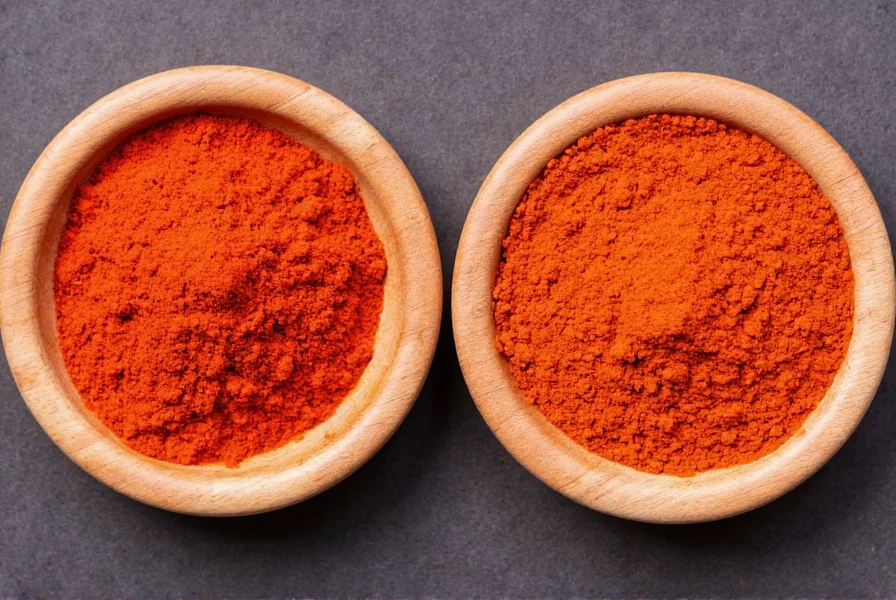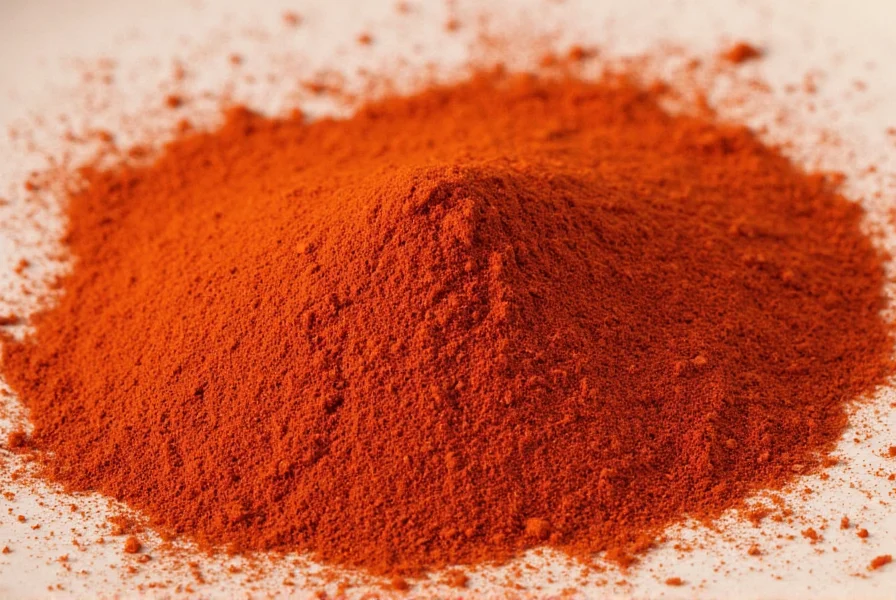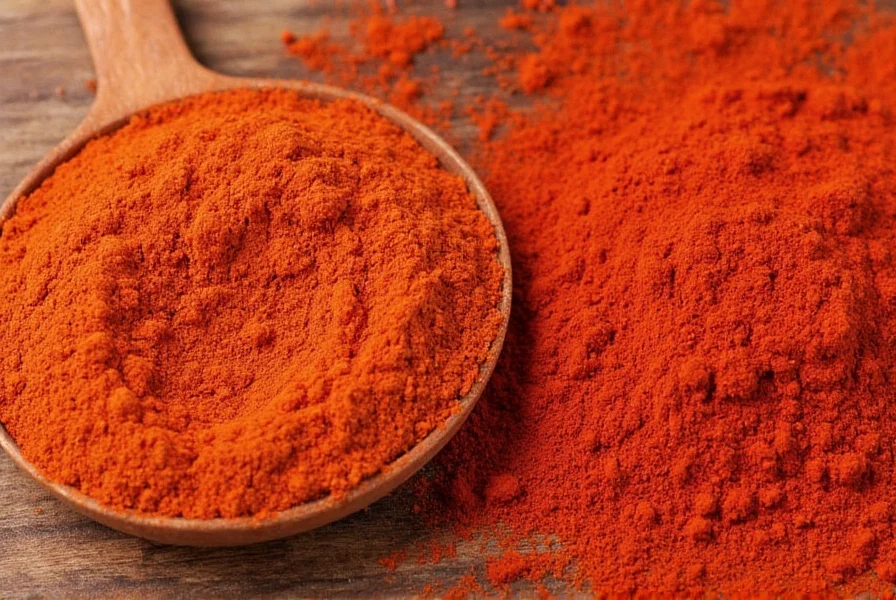When exploring the world of spices, few comparisons cause as much confusion as chili powder versus cayenne pepper. Many home cooks mistakenly treat these as identical ingredients, leading to unexpectedly mild or painfully hot dishes. The critical distinction lies in their composition and heat intensity—chili powder is generally a spice blend with moderate heat, while cayenne delivers intense, straightforward heat from a single chili variety.
What Exactly Is Chili Powder?
Chili powder isn't a single ingredient but rather a carefully balanced spice mixture. Most commercial chili powders combine ground dried chilies (often ancho, cumin, garlic powder, and oregano. This blend creates a complex flavor profile with earthy, smoky notes and moderate heat. The Scoville rating for standard chili powder typically ranges from 0-3,000 units, making it versatile for everyday cooking without overwhelming heat.
Regional variations exist—Texas-style chili powder focuses purely on chilies without additional spices, while Mexican versions might include cocoa or other unique ingredients. When examining chili powder composition differences by region, always check the ingredient label as formulations vary significantly between brands.

Understanding Cayenne Pepper's Unique Properties
Cayenne pepper comes from a specific type of Capsicum annuum chili, ground into a fine, vibrant red powder. Unlike chili powder, authentic cayenne contains no additional spices—it's pure ground cayenne peppers. This results in significantly higher heat, measuring 30,000-50,000 Scoville Heat Units (SHU), making it approximately 10-15 times hotter than standard chili powder.
The flavor profile of cayenne is predominantly about heat with minimal complexity—earthy notes are present but overshadowed by intense spiciness. Professional chefs value cayenne when they need pure heat without competing flavors in dishes like hot sauces, certain curries, or when creating controlled heat levels in commercial food production.
Key Differences at a Glance
| Characteristic | Chili Powder | Cayenne Pepper |
|---|---|---|
| Primary Ingredients | Blend of chilies + cumin, garlic, oregano | 100% ground cayenne peppers |
| Heat Level (Scoville) | 0-3,000 SHU | 30,000-50,000 SHU |
| Flavor Profile | Complex: earthy, smoky, slightly sweet | Primarily intense heat with minimal complexity |
| Typical Culinary Uses | Chili con carne, tacos, enchiladas, spice rubs | Hot sauces, Cajun/Creole dishes, heat boosts |
| Substitution Ratio | 1 tbsp chili powder = 1/8-1/4 tsp cayenne | 1 tsp cayenne = 3-4 tbsp chili powder |
Practical Cooking Guidance: When to Use Each
Understanding chili powder versus cayenne applications prevents recipe failures. Use chili powder when you want balanced flavor with moderate heat in dishes like:
- Traditional chili con carne
- Taco seasoning blends
- Enchilada sauces
- Southwestern spice rubs for meats
Reach for cayenne when you need:
- Controlled heat boosts without flavor interference
- Authentic Cajun/Creole dishes
- Hot sauce formulations
- Situations requiring pure heat measurement
Many cooking disasters occur from improper chili powder and cayenne substitution. If substituting cayenne for chili powder, use only 1/8 to 1/4 teaspoon of cayenne for every tablespoon of chili powder called for. The reverse substitution requires significantly more chili powder to achieve comparable heat, which will also introduce additional flavors.

Addressing Common Misconceptions
One widespread confusion stems from regional naming differences. In some countries, "chili powder" refers to pure ground chilies (similar to cayenne), while in the United States it typically means the spice blend. This chili powder vs cayenne naming confusion explains why some international recipes produce unexpectedly spicy results when using American-style chili powder.
Another misconception is that cayenne is simply "hotter chili powder." While technically cayenne is a type of chili powder (as it's ground chilies), not all chili powder contains cayenne. The term "chili powder" in American cooking almost never refers to pure cayenne—it's nearly always a blend.
Final Considerations for Home Cooks
When deciding between these spices, consider both heat requirements and flavor profiles. For authentic Southwestern dishes, quality chili powder with its complex flavor blend is irreplaceable. When precise heat control matters more than nuanced flavor, cayenne delivers consistent results. Always check ingredient labels—some "chili powders" contain significant cayenne, creating hybrid products that don't fit standard definitions.
Understanding these distinctions transforms your cooking precision. Whether you're troubleshooting why your chili lacks depth or your sauce became inedibly hot, recognizing the differences between chili powder and cayenne pepper provides immediate solutions for better culinary results.











 浙公网安备
33010002000092号
浙公网安备
33010002000092号 浙B2-20120091-4
浙B2-20120091-4